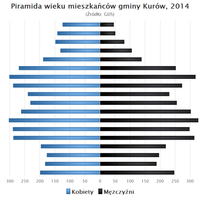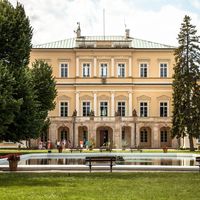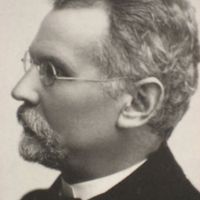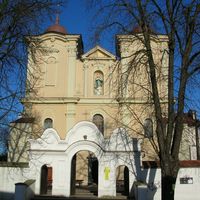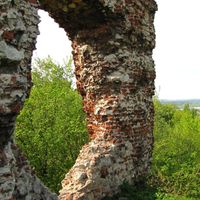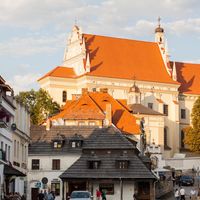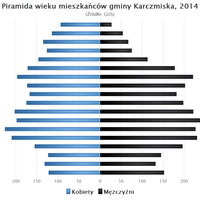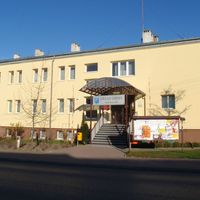Kazimierz Landscape Park
7.1
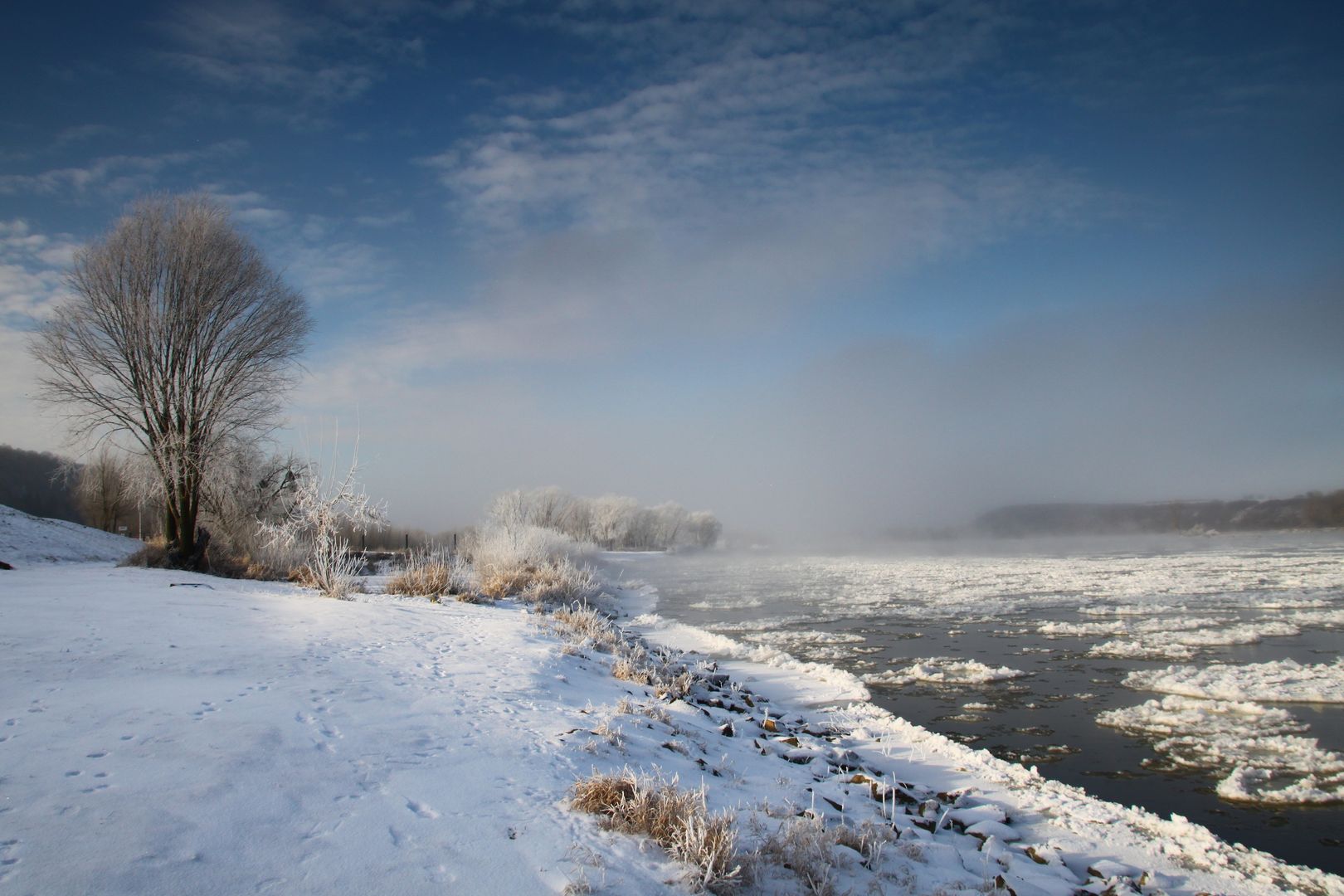
Overview
Kazimierski Landscape Park, located in the western part of the Lublin Voivodeship, was established on April 27, 1979, as the first landscape park in this region. It covers an area of 149.74 km², with a buffer zone of 246.44 km². The park is part of the Puławy – Kazimierz – Nałęczów tourist triangle and was created to protect unique elements of the natural and cultural landscape. The park's terrain is geologically valuable, dominated by loess gorges and steep Vistula escarpments reaching heights of up to 90 meters. Glaciations significantly shaped the area, depositing large amounts of silt into the substrate. Near Bochotnica, the density of gorges is the highest in Europe. The park's rich landscape is further enhanced by natural Vistula River areas with numerous branches, islands, and oxbow lakes. The park's nature is characterized by high floristic diversity, including well-preserved xerothermic grasslands and fragments of steppe meadows. Nature reserves such as Krowia Wyspa, Mięćmierz, and Skarpa Dobrska can also be found here, as well as the Łęg na Kępie forest reserve in Puławy, located within the park's buffer zone. Within the park's boundaries are tourist-attractive towns, including the famous town of Kazimierz Dolny, popular among artists and tourists, as well as picturesque villages like Bochotnica and Janowiec. The region boasts numerous architectural monuments, including Renaissance tenement houses in Kazimierz Dolny. The park attracts nature lovers, tourists, history enthusiasts, and those seeking tranquility and closeness to nature. An interesting fact is that the region around Kazimierz Dolny often inspires artists, and its picturesque landscapes have been the subject of many works of art.
Location
2025 Wizytor | All Rights Reserved
